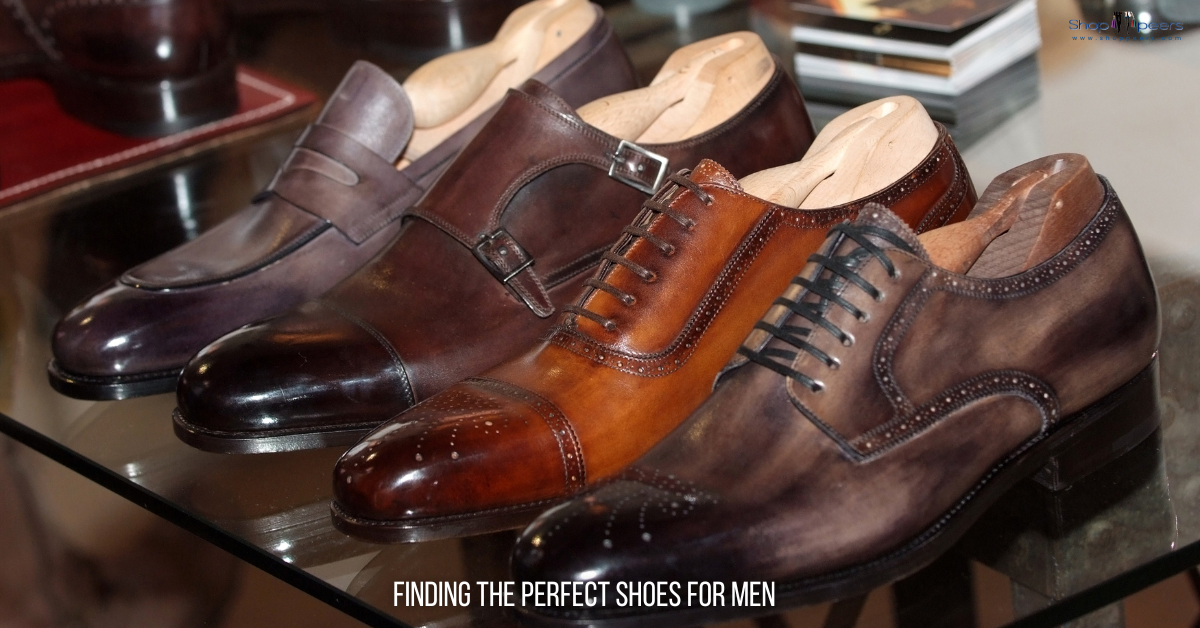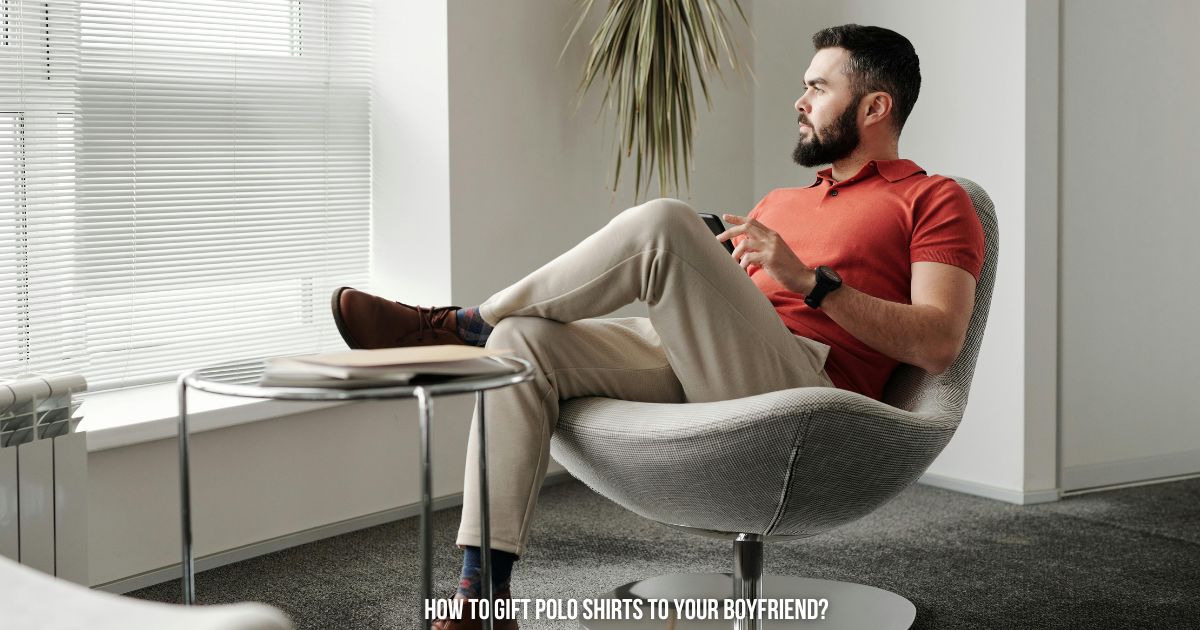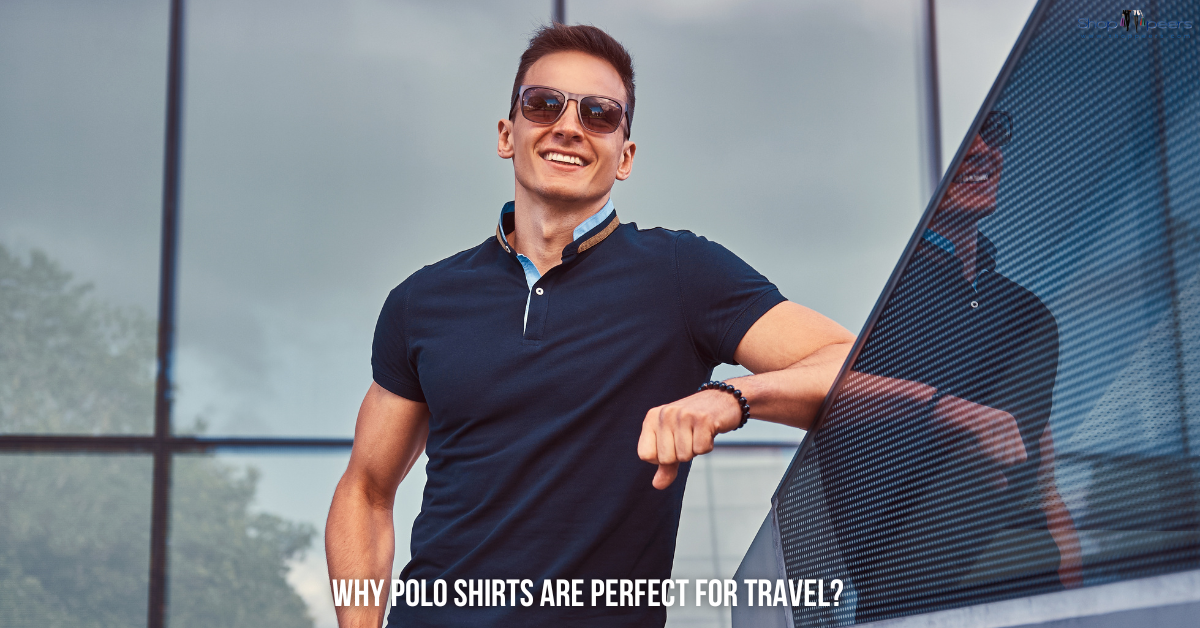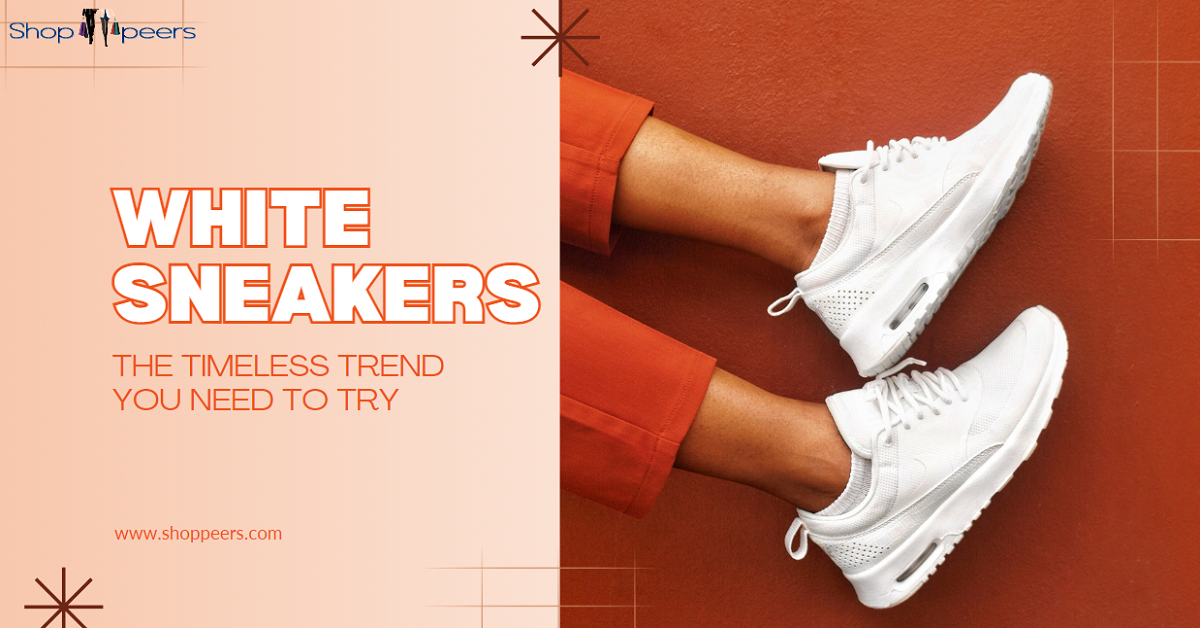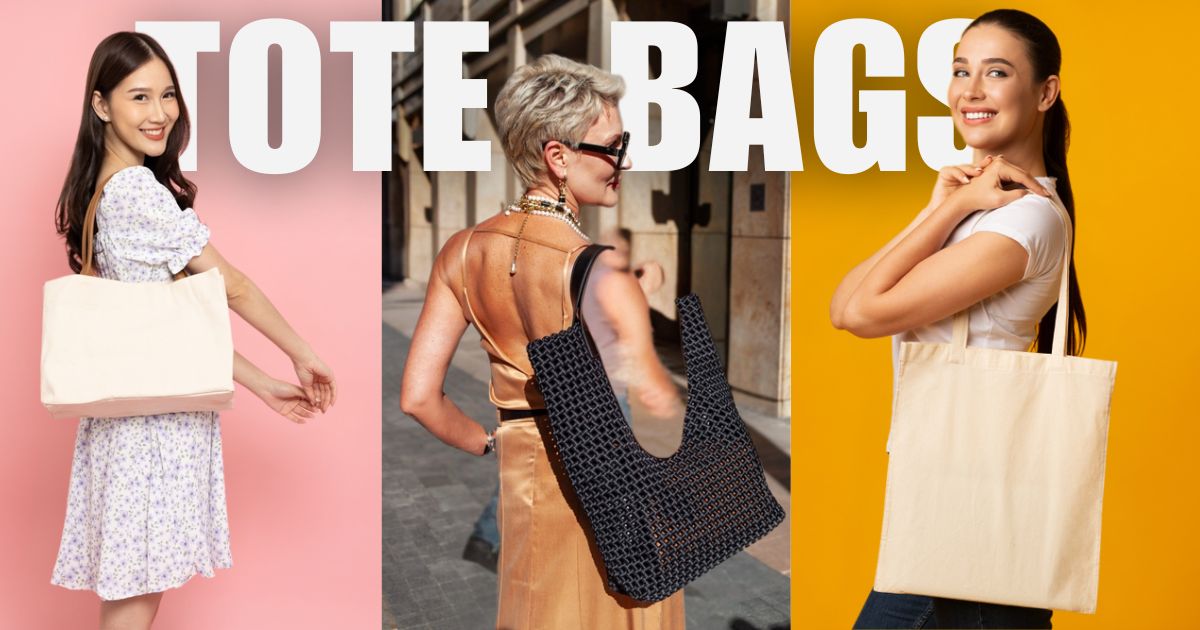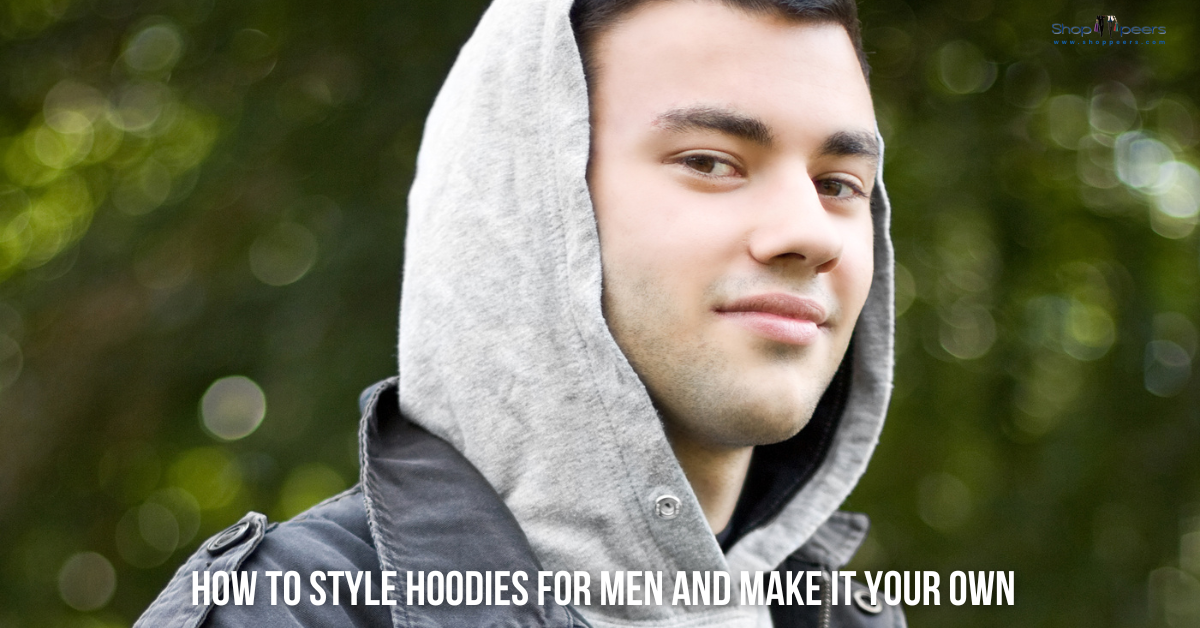Finding the perfect shoes for men isn’t just about picking a pair that looks good. It’s an art and science that blends personal style, comfort, function, and fit into one seamless package. Despite the abundance of options available, many men find themselves struggling to land on that elusive “perfect” pair. From choosing the right style to ensuring a proper fit, the journey to finding the right shoes can be fraught with challenges.
Why is it so difficult? It’s not just about aesthetics or brand names; several factors contribute to making this seemingly simple task more complicated than expected. In this article, we’ll dive into the complexities of finding the perfect shoes for men and offer practical advice on how to navigate these challenges.
The Art and Science of Finding the Perfect Shoes for Men
1. Understanding the Complexity of Fit
Finding the perfect shoes for men starts with understanding that fit is about much more than just size. Here’s a closer look at the various aspects that make fit such a complex factor:
- Foot Shape Variations: Feet are as unique as fingerprints. Some men have narrow feet, while others have wide feet or even irregular shapes such as high arches or flat feet. For example, if you have a narrow foot, a shoe designed for a wider foot might slip off or cause discomfort. Conversely, a shoe designed for narrow feet may be too tight for those with wider feet. Brands often have different lasts (the foot shape used to design the shoe), which can vary widely, making it crucial to find a brand that matches your foot’s specific shape.
- Arch Types: The arch of your foot significantly impacts how a shoe fits and feels. There are three main types of arches: low (flat feet), medium, and high. Shoes that offer good arch support are essential to prevent discomfort and potential foot problems. For instance, individuals with low arches might need shoes with added arch support or stability features, while those with high arches might benefit from shoes with more cushioning to absorb impact. Incorrect arch support can lead to issues like plantar fasciitis or shin splints.
- Length and Width: Shoes are often sized based on length and width, but finding the perfect balance between these dimensions is crucial. A shoe that fits well in length but is too narrow can cause blisters or calluses. Conversely, a shoe that is too wide may not provide the necessary support and can lead to instability. It’s also important to consider that shoe sizes can vary between brands, so trying on shoes or checking return policies when buying online is essential.
2. Balancing Style and Functionality
Men’s shoes come in a variety of styles, each serving different purposes. Balancing style and functionality can be a complex task:
- Formal Shoes: These are designed to complement professional or dressy outfits and often have a sleek design. However, formal shoes are frequently made from materials like leather that may not be as cushioned or flexible. This can lead to discomfort, especially if worn for long periods. For extended wear, consider styles that offer a bit more padding or invest in high-quality insoles for added comfort.
- Casual Shoes: Casual shoes generally prioritize comfort over formality. They are designed for everyday wear and often feature more flexible materials and cushioning. However, this comfort can come at the expense of support. For all-day wear, ensure that the casual shoes you choose provide adequate arch support and cushioning to prevent foot fatigue.
- Athletic Shoes: These are engineered for specific activities such as running, hiking, or sports, and are designed to provide performance-related features like extra cushioning, stability, and traction. However, their design may not always align with current fashion trends, making it challenging to find a pair that meets both your functional needs and style preferences. Additionally, different sports or activities may require specific types of athletic shoes, so choosing the right one for your activity is crucial.
3. Material Matters
The material of a shoe affects its comfort, durability, and suitability for various uses:
- Leather: Leather is a classic choice known for its durability and sophisticated look. It molds to the foot over time, offering a custom fit. However, leather shoes often require a break-in period and can be less forgiving initially. High-quality leather can be quite comfortable once broken in, but it’s essential to choose a pair that feels right from the start to avoid discomfort.
- Synthetic Materials: Shoes made from synthetic materials are usually more affordable and can offer good breathability and flexibility. They are often used in athletic and casual shoes to provide lightweight comfort. While synthetic materials can be durable and easier to maintain, they may not provide the same level of support or longevity as natural materials like leather.
- Canvas: Canvas shoes are lightweight and often chosen for their casual and laid-back style. They are breathable and comfortable for everyday wear but typically lack the support needed for extensive walking or standing. Canvas shoes are best suited for casual use and are not ideal for activities requiring substantial foot support.
Tips for Finding the Perfect Shoes for Men
1. Know Your Foot Size and Shape
Finding the perfect shoes for men begins with understanding your own foot dimensions and characteristics. Here’s a more detailed guide on how to get this right:
Get Professionally Measured: Feet can change over time due to factors like aging, weight fluctuations, or health conditions. Visiting a shoe store where professionals can measure your feet provides the most accurate sizing. This measurement should include both the length and width of your feet, as well as checking for any asymmetry (where one foot might be slightly larger or wider than the other). Many stores offer this service for free, and it ensures you’re getting a measurement tailored to the latest conditions of your feet.
Consider Foot Health: If you have any specific foot conditions, such as plantar fasciitis, bunions, or flat feet, these need special consideration. For instance:
- Plantar Fasciitis: Look for shoes with excellent arch support and cushioning. A shoe with a well-cushioned heel and a supportive arch can alleviate pressure on the plantar fascia.
- Bunions: Choose shoes with a wide toe box to prevent rubbing and pressure on the bunion. Soft, flexible materials can also reduce discomfort.
- Flat Feet: Shoes with strong arch support and stability features can help in maintaining proper alignment and reducing fatigue.
2. Understand the Shoe’s Purpose
Different types of shoes serve different functions, and understanding what you need from each pair can guide your decision:
Everyday Wear: For daily activities, focus on comfort and durability. Look for features such as cushioned insoles, supportive arches, and durable outsoles. Everyday shoes should be versatile enough to handle various activities, from commuting to casual outings. Check that the shoes offer a balance between flexibility and support to accommodate all-day wear.
Special Occasions: If you need shoes for formal events or professional settings, style and polish become more important. Opt for shoes that complement your outfit while maintaining a high level of craftsmanship. Leather dress shoes, for example, should be well-polished and provide a sleek, refined look. Ensure that even formal shoes offer enough comfort for standing or walking during events.
Sports: Sports-specific shoes are designed to enhance performance and reduce the risk of injury. Each sport has its own requirements:
- Running: Look for shoes with ample cushioning, good shock absorption, and appropriate arch support to handle the impact of running.
- Hiking: Choose shoes with rugged outsoles for traction, reinforced toe caps, and ankle support to navigate uneven terrain safely.
- Basketball: Opt for high-top shoes with ankle support, cushioning for impact, and traction to prevent slips and enhance performance on the court.
3. Check for Proper Fit
Ensuring the right fit is crucial to both comfort and functionality. Here’s a more comprehensive approach to fitting:
Try Shoes at the End of the Day: Feet often swell as the day progresses due to activity and gravity. Trying on shoes in the late afternoon or evening provides a more accurate fit, allowing for any natural swelling. This way, you can avoid shoes that may feel tight later on.
Wear Appropriate Socks: When trying on shoes, use the type of socks you plan to wear with them. Different sock thicknesses can affect how a shoe fits. For example, running shoes might be tried with athletic socks, while formal shoes should be tried with dress socks to ensure the fit is accurate for your intended use.
Walk Around: Don’t just stand still—walk around the store to test the shoes. Pay attention to:
- Toe Box Space: Ensure there is enough room for your toes to wiggle without being cramped. You should be able to fit a thumb’s width of space between your longest toe and the end of the shoe.
- Arch Support: Confirm that the arch support aligns with your foot’s natural curve. Your feet should feel supported and not strained.
- Heel Fit: Check that the heel does not slip or rub, as this can cause blisters and discomfort over time.
4. Research Brands and Models
To make an informed decision, thorough research is essential:
- Read Reviews: Online reviews can provide insights into the comfort, durability, and overall satisfaction of different shoe models. Look for reviews that mention long-term wear and how the shoes hold up over time. Pay attention to comments about fit and comfort, especially from people with similar foot characteristics to yours.
- Consult Experts: Seek advice from shoe specialists or fashion experts who can recommend brands and models based on your specific needs. Professionals in shoe stores, podiatrists, or even fashion consultants can offer valuable guidance. They can help you understand which brands tend to fit certain foot shapes better and suggest models that offer the best combination of comfort and style.
Common Mistakes to Avoid
When searching for the perfect shoes for men, avoiding common pitfalls can save you a lot of discomfort and frustration. Here’s a deeper look at some critical mistakes to watch out for:
1. Choosing Style Over Comfort
It’s natural to be drawn to shoes that look stylish, but prioritizing aesthetics over comfort can have serious consequences:
- Long-Term Foot Problems: Shoes that are visually appealing but uncomfortable can cause a range of issues such as blisters, calluses, bunions, and even more severe problems like plantar fasciitis. For example, high heels or shoes with pointed toes might look fashionable but can lead to foot deformities or pain over time.
- Impact on Daily Life: Uncomfortable shoes can affect your daily activities. If you’re on your feet a lot, choosing shoes without proper support or cushioning can lead to fatigue and discomfort. For instance, a stylish pair of dress shoes might look great with a suit but may lack the support needed for long periods of standing or walking.
- Compromising Health: Poorly fitting shoes can also exacerbate pre-existing foot conditions. If you have conditions such as flat feet or high arches, wearing shoes that don’t provide adequate support can worsen these issues, leading to chronic pain or injury.
Tip: Always try on shoes and walk around in them before purchasing. Check for signs of discomfort and consider the shoe’s support features. Look for brands known for combining style with comfort to get the best of both worlds.
2. Ignoring Return Policies
Understanding the return policy of a store or online retailer is crucial, especially when purchasing shoes:
- Sizing Variations: Shoe sizes can vary between brands and even different models from the same brand. A pair that fits well in one brand might not fit the same way in another. Knowing the return policy ensures that you can return or exchange the shoes if they don’t fit as expected.
- Online Purchases: When buying shoes online, you can’t try them on beforehand. Many retailers offer a grace period during which you can return or exchange items. Make sure to read the return policy carefully, including details about:
- Time Frames: How long you have to return or exchange the shoes.
- Condition Requirements: Whether the shoes need to be returned in their original packaging and unused condition.
- Return Shipping Costs: Whether you’ll be responsible for return shipping fees.
- Convenience and Assurance: Knowing you have the option to return or exchange shoes gives you peace of mind. It allows you to purchase with confidence, knowing you can address any issues with fit or comfort after trying them on.
Tip: Before finalizing a purchase, check the retailer’s return policy thoroughly. For online shopping, ensure you understand the steps required to return items and any associated costs.
3. Skipping the Break-In Period
Many shoes, particularly those made from leather or other stiff materials, need time to adapt to your feet:
- Leather Shoes: Leather shoes often require a break-in period. Initially, they might feel stiff or tight, but they usually become more comfortable as the leather softens and conforms to the shape of your feet. Skipping this period can lead to discomfort and potential foot issues.
- Other Materials: While synthetic and fabric shoes might not need as long a break-in period, they can still feel uncomfortable at first. For example, new athletic shoes might feel a bit rigid until they are worn in.
- Proper Breaking-In: To break in shoes properly, wear them for short periods initially. Gradually increase the time you wear them to allow your feet and the shoes to adjust. This approach can help prevent blisters and ensure that the shoes mold to your feet correctly.
Tip: When you first get new shoes, start by wearing them for short durations around the house. This will help you identify any potential issues early on and allow the shoes to start molding to your feet before you use them for longer periods.
Conclusion
Finding the perfect shoes for men is a more nuanced task than it might initially seem. It’s not just about choosing a pair that looks good; it involves understanding your own feet, balancing style with functionality, and considering the material and purpose of the shoes. The challenge lies in the fact that what works for one person might not work for another due to the intricate variations in foot shape and personal needs.
By taking a measured approach and paying attention to the details, you can significantly improve your chances of finding a pair that ticks all the boxes. Whether you’re looking for something for everyday wear, a special occasion, or a specific activity, the key is to balance comfort, functionality, and style. With these insights and tips, you’ll be better equipped to navigate the complex world of men’s footwear and find those perfect shoes that work best for you.

